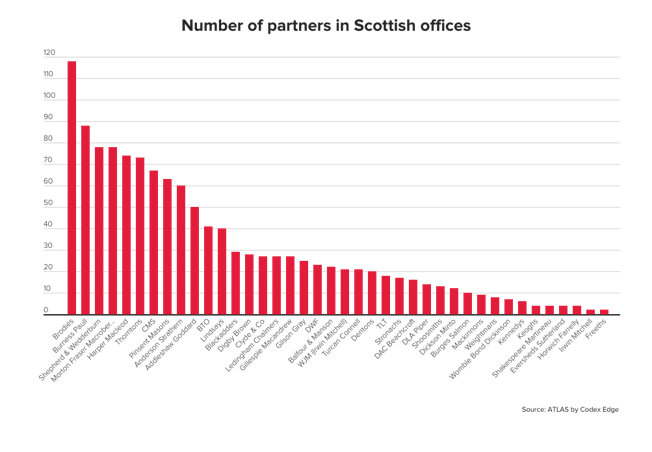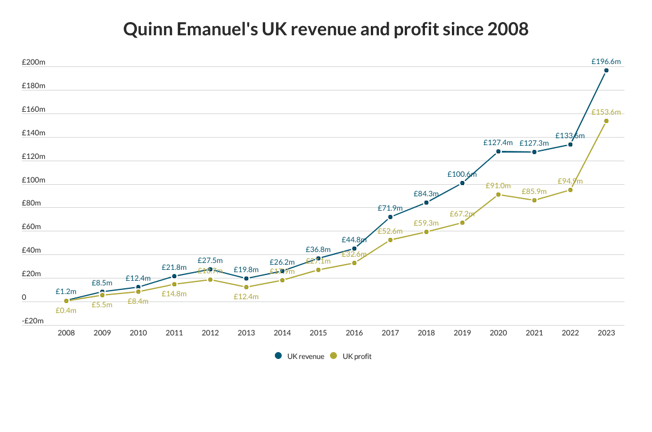Several imported Chinese goods have been recalled in the US. Hillel Parness and Derek Craig say vendors must know how to protect themselves

The ‘Made in China’ label has taken a beating recently, as numerous products exported to the US, including fish, children’s toys, Boy Scout badges, truck tyres, food seasonings, pet food and toothpaste have been recalled.
Even as this article was being written, the US media was buzzing with reports of fresh recalls of Chinese-made toy cars containing lead and a craft product containing a dangerous chemical that could cause unconsciousness, seizures or even death.
First the recall…
The number of recalls of Chinese-made products in the US has more than doubled over the past five years. Of the products recalled by the US Consumer Product Safety Commission from January to August 2007, 66 per cent were manufactured in China, up from 60 per cent for calendar year 2006. Likewise, half of the dangerous product notifications filed in the EU in recent years have concerned Chinese goods.
Recalls increase costs, which are often not covered by general liability insurance, for companies up and down the supply chain. A New Jersey distributor of Chinese-made tyres recently estimated that the tyre recall will cost it more than $90m (£43.51m) and likely drive it into bankruptcy. Beyond the direct costs, recalls can severely damage corporate reputations and brand names.
Menu Foods, an Ontario-based distributor of pet food allegedly made from tainted Chinese-sourced ingredients, lost contracts and market share, and had to lay off more than 15 per cent of its workforce.
… then the lawsuits
Recalls breed litigation. Menu Foods faces more than 100 putative class-action lawsuits in the US, with plaintiffs seeking compensation for burials of deceased pets, ongoing care of sick pets and emotional distress. Numerous putative class actions have been filed against Mattel, the importer of millions of recalled Chinese toys, seeking payment for testing and continued monitoring of children exposed to toys allegedly containing lead. Ultimately, the plaintiff classes in these cases may number in the millions.
Who may be liable?
In most US jurisdictions, retailers, wholesalers, distributors, private labelers and manufacturers are all fair game. Principles of strict liability and joint and several liability may operate to make each and every company along the supply chain liable for any and all damages, once a basic showing is made that a product was defective (ie, that it was unreasonably dangerous) and caused injury.
Defects may result from fundamental flaws in product design, the failure of products to conform to their intended designs, or the failure to adequately advise consumers about the dangers and proper use of products. Damages are available for lost earnings, pain and suffering and emotional distress. Sometimes, courts award exemplary damages to punish defendants for egregious behaviour.
A single defective product can give rise to multiple lawsuits in jurisdictions throughout the US, and the legal costs and difficulties of defending multiple lawsuits in far-flung venues can be onerous, even though provisions exist for the consolidation of multiple cases, at least for discovery and pre-trial proceedings.
Suing Chinese manufacturers
Distributors’ attempts to bring indemnification and contribution claims against Chinese manufacturers often meet with failure. Service of process in China must be done via diplomatic channels, and even companies that are successfully served in China will frequently ignore US litigation if they lack US-based assets, as Chinese courts generally will not enforce US judgments (as opposed to arbitral awards, which are generally enforced).
Some Chinese manufacturers have avoided litigation and the enforcement of adverse judgments by operating behind sham identities, while others have shut down and reopened under new names with little or no evident connection to their predecessors. Additionally, US litigation provides Chinese defendants a panoply of defences, including challenges to jurisdiction and venue (under the doctrine of forum non conveniens).
If wholly or partially state-owned, or if litigation touches upon Chinese government interests, Chinese defendants may also assert defences based on principles of sovereign immunity and international comity. Finally, logistics and legal factors increase costs and constrain efforts to take discovery from Chinese defendants in China. Chinese companies commonly lack extensive paper or electronic records, and Chinese law prohibits the taking of depositions.
How distributors can minimise their liability
Distributors of Chinese-made goods in the US market should carefully investigate and continually re-evaluate Chinese suppliers. Unannounced visits and independent product testing should be conducted at multiple points in the production process.
Distributors should consider: the quality control and safety testing procedures employed by manufacturers; whether US or international standards are met; whether products consistently meet specifications; whether facilities are clean and modern; whether manufacturers’ management and employees are well trained and efficient; and whether manufacturers outsource to other companies. Inquiries made to other customers about the quality of particular manufacturers may be illuminating.
Chinese manufacturers may not be sufficiently insured. Distributors should require manufacturers to purchase product liability coverage from reputable insurance providers and insist that they be listed as additional insured parties. Distributors should be wary of fraudulent insurance certificates and manufacturers that cancel policies as soon as performance commences.
Distributors are best served by dealing with these issues in advance and building them into their manufacturing contracts. Because of the difficulties of litigating against Chinese companies, agreements should require arbitration of any and all disputes arising out of the relationship.
Once the relationship commences, distributors should conduct regular reviews of product instructions with their counsel and issue warnings to ensure that consumers are properly advised how to use, and are warned of any dangers associated with, products.
Distributors must know their regulatory and reporting obligations to the US Food and Drug Administration, Consumer Product Safety Commission and other government agencies.
They should implement procedures and prepare a response plan to make sure that their regulatory obligations are handled timely and efficiently, and that, in the event of recalls or litigation, their resources can be marshalled to retrieve products or respond to lawsuits in an organised and cost-effective way. If questions or problems arise, sophisticated legal counsel with experience in both China and the US should be consulted.
Despite these problems, China’s exports continue to grow. Chinese exports to the US alone now total more than $288bn (£139.25bn) a year and account for approximately 40 per cent of the consumer goods sold in the US. The recalls and litigation mentioned in this article may represent just the tip of a product liability iceberg.
China is quickly becoming a major supplier of low-cost drugs and drug ingredients to the US market, and these products present significant risks of being contaminated, counterfeit or ineffective. Companies that distribute Chinese products in the US must familiarise themselves with US product liability law.
As with most things, a modest amount of preparation can result in great savings in the long run.
•Hillel Parness is of counsel and Derek Craig is an associate at Lovells in New York
























